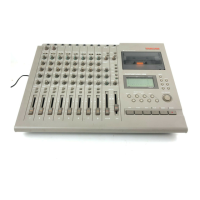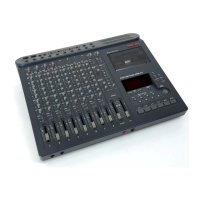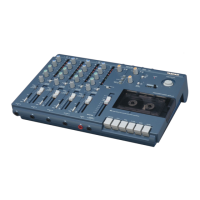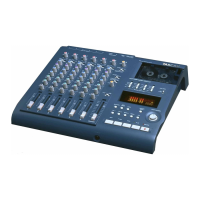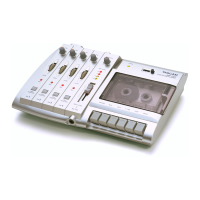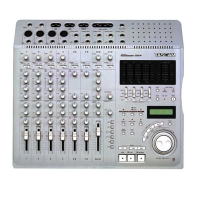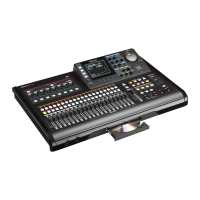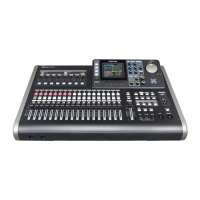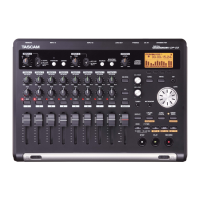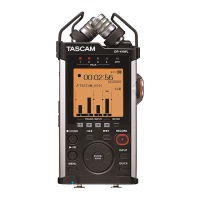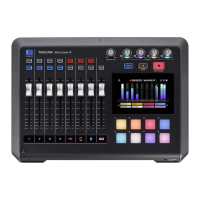What to do if Tascam 488 PORTASTUDIO Mixer recordings are noisy?
- RRebecca MontgomeryJul 31, 2025
If your Tascam Mixer recordings are noisy, ensure that all mixer channel ASSIGN switches are off, except for the ones you're actively using. Also, increase the volume faders of the instruments themselves. The 488 channel and master faders should not be at maximum at any time.
